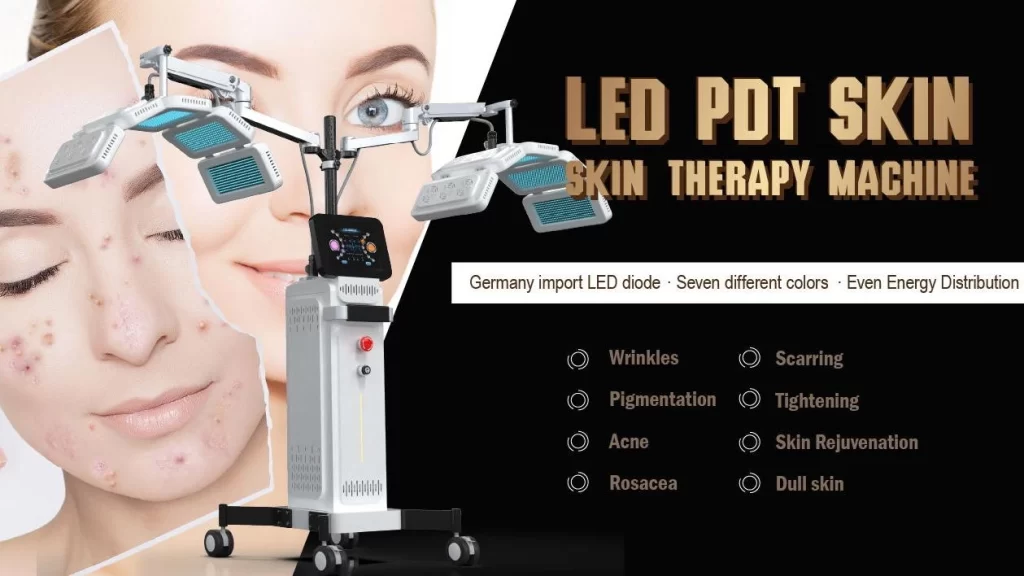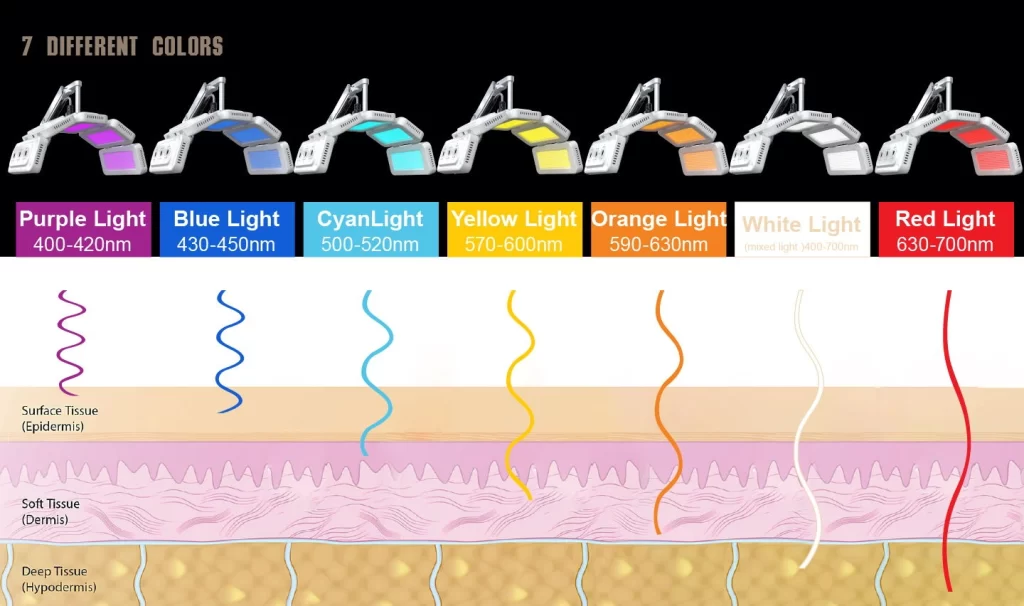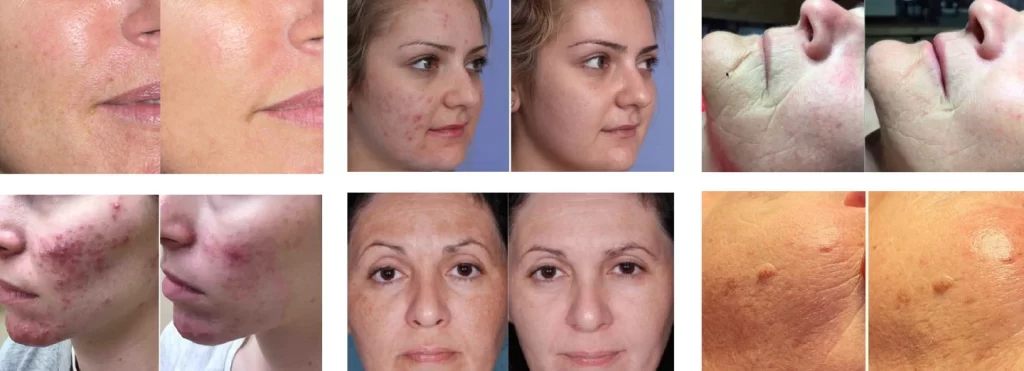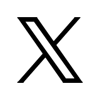How LED Light Therapy Can Help Combat Oily Skin and Acne

Oily skin and acne are super common skin issues for tons of people worldwide. With more folks looking for gentle, tech-savvy skincare fixes, LED light therapy has become a go-to solution. It’s backed by science and loved by dermatologists and beauty pros alike. It’s now a big part of professional skincare routines.
At Nubway, we make top-notch beauty and medical devices. Our LED light therapy systems blend science with real results. This article dives into how LED light therapy can help manage oily skin and acne. It also explains why Nubway’s devices are a favorite in professional settings.
Understanding Oily Skin and Acne
Too much oil from the skin’s glands is a major cause of acne. When oil mixes with dead skin cells, it clogs pores. This creates a perfect spot for bacteria like Propionibacterium acnes (P. acnes) to grow. The result? Inflammation, redness, and pimples.
While creams and pills can help, they often cause irritation or other issues. That’s where LED light therapy steps in. It’s a gentle yet powerful option.
How LED Light Therapy Works

LED (Light Emitting Diode) therapy uses specific light wavelengths to reach different layers of the skin. It sparks cell activity without causing pain or damage. For oily and acne-prone skin, blue and red light work best.
Blue Light (Around 415nm)
- Zaps Acne Bacteria: Blue light hits the skin’s top layers to kill P. acnes bacteria.
- Cuts Down Oil: It helps calm oil-producing glands, reducing greasy buildup.
Red Light (Around 630-660nm)
- Soothes Redness: Red light goes deeper to ease swelling and redness.
- Boosts Healing: It encourages collagen growth, smoothing skin and shrinking pores.
Combo Therapy
Using red and blue light together is a powerhouse move. It tackles both the bacteria causing acne and the redness it leaves behind.
Benefits of LED Light Therapy for Oily Skin and Acne
- Oil Control
LED therapy helps dial back oil production. This keeps pores from clogging up. - Fights Bacteria
Blue light kills acne-causing bacteria without any drugs. It helps prevent new breakouts. - Calms Redness
Red light reduces irritation and swelling. It’s great for painful cystic acne. - Smoother Skin
Collagen growth helps fade scars and tighten pores for a better look. - Gentle and Pain-Free
LED therapy works for all skin types. It needs no recovery time. You can use it alone or with other treatments.
Tips for Using LED Light Therapy
For the best results, LED therapy needs regular sessions over a few weeks.
Choosing a Device
Nubway offers pro-level LED therapy systems with blue, red, and near-infrared options. Our machines let you tweak settings to match different skin needs.
How Often to Use It
- Starting Out: 3-5 sessions a week for 4-6 weeks.
- Keeping It Up: 1-2 sessions a week after that.
Application Tips
- Start with clean, dry skin.
- Skip harsh exfoliants or strong products before or after LED light treatment.
- Stick with it—results build over time.
Science Behind It
Studies back up LED therapy’s power for acne:
- A 2016 study in the Journal of Clinical and Aesthetic Dermatologyshowed blue and red light therapy cut down acne spots a lot over 12 weeks.
- Research from the NIH says LED light at certain wavelengths safely reduces acne without side effects.
These findings match what Nubway’s clients see: our LED systems deliver safe, awesome results for oily and acne-prone skin.
Why Pick Nubway for LED Acne Treatment Devices?
Nubway is a trusted name in beauty tech. Our LED light therapy systems are used in clinics, spas, and dermatology offices worldwide. Here’s why they stand out:
- Custom Settings
Our devices let you adjust light strength and session time to fit each person’s skin. - All-in-One Systems
Many Nubway machines combine LED therapy with extras like RF or hydrodermabrasion for full-on skincare solutions. - Tough and Easy to Use
Our devices are built to last in busy clinics. They have simple controls to make things easy for operators. - Training and Support
We offer full training and tech help to ensure safe, effective treatments.
LED Therapy vs. Other Acne Treatments
Chemical peels and prescription drugs are popular but can irritate skin or have other drawbacks. LED therapy offers:
- Fewer side effects.
- Works for all skin types.
- No risk of light sensitivity or allergies.
- A relaxing, no-fuss experience.
This makes it perfect for anyone wanting a gentle, high-tech acne fix.
Safety and Things to Know
LED therapy is FDA-cleared and super safe. But you should:
- Avoid it if you’re on light-sensitive meds.
- Wear protective goggles to shield your eyes.
- Test on sensitive skin first.
With Nubway’s precise, safe devices, these concerns are easy to handle under pro guidance.
Real Results: What People Say
Clinics using Nubway’s LED systems see great results:
- “My client’s acne cleared up a ton after 6 weeks of LED therapy with deep cleansing.”
- “We cut down oil and breakouts, especially for teens, with blue light sessions.”
- “Our red and blue light combo faded acne scars and stopped new pimples.”

Conclusion: Clear Skin Starts with Light
LED light therapy service is a proven, gentle way to tackle oily skin and acne. It’s backed by science and loved by skincare pros. It’s getting more popular in beauty and dermatology.
With Nubway’s cutting-edge LED therapy devices, clinics can offer tailored treatments that bring lasting skin health and happy clients.
FAQ
Q: How does LED light therapy help with greasy skin?
A: Blue light therapy goes after your oil glands. It makes them less active. This cuts down on oil production. Less extra oil means fewer clogged pores. Clogged pores often lead to breakouts.
Q: Does LED light therapy work for every kind of acne?
A: It works best for mild to moderate acne that’s red and swollen. Like pimples or bumps. It might not work as well for really deep, painful cysts. It also might not be the best for blackheads or whiteheads. Those often need other help.
Q: How often should I try LED light therapy for oily skin and breakouts?
A: Usually, each session lasts 10 to 20 minutes. Do this about 2 or 3 times per week. Keep this up for 4 to 6 weeks to see improvements. After that, you might need keep-up treatments. Always follow what your device says. Or check with your skin doctor.





